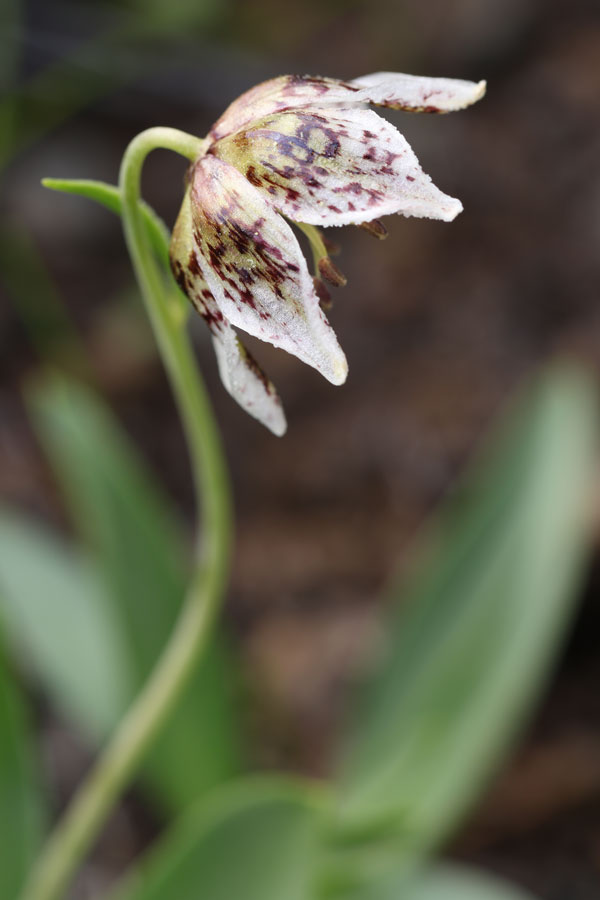Potential Species of Conservation Concern on National Forest Lands: selected plants and lichens that meet initial candidate criteria
As part of the forest plan revision process, the US Forest Service (USFS) is compiling a list of potential Species of Conservation Concern (SCC) for each forest, which will inform the development of the SCC list, as required by the 2012 Planning Rule. A Species of Conservation Concern is a species for which the best available scientific information indicates substantial concern about its capability to persist over the long-term in the plan area. The USFS evaluates revised forest plans to determine if they provide the ecological conditions necessary to maintain a viable population of each Species of Conservation Concern.
To assist with determining whether a species satisfies the criteria that must be met to be an SCC, the Pacific Southwest Region of the USFS entered into cost share agreements with CNPS in 2017 and 2019 to develop detailed reports (Profiles and Accounts) compiling the best available scientific information for vascular plants, bryophytes, and lichens that meet the criteria for potential SCC on one or more of the six northwestern forests in California (including Mendocino, Six Rivers, Shasta-Trinity, Klamath, Lassen, and Modoc National Forests).
The detailed reports below include information on the distribution, abundance, trends, natural history, ecology, and threats and vulnerability for potential SCC botanical species. They follow two different layouts; documents that contain 'SpProfileSCC' in their file name are Profiles that were developed under the 2017 USFS and CNPS cost share agreement, and those that contain 'SpAcctSCC' in their file name are the newer Accounts developed under the 2019 agreement.

Purdy's fritillary (Fritillaria purdyi), a California Rare Plant Rank 4.3 species that meets initial candidate criteria for potential Species of Conservation Concern in Mendocino, Six Rivers, and Shasta-Trinity National Forests. (Photo: Aaron E. Sims).
Potential SCC Taxa
Suggested Citation Example of SCC Account Document:
Serkanic, S. and A. E. Sims. 2018. Plant Species Evaluation Form:Cornus unalaschkensis Ledeb., Bunchberry. Species account for potential Species of Conservation Concern. Developed by CNPS for USDA Forest Service, Pacific Southwest Region, CNPS, Sacramento, CA.
